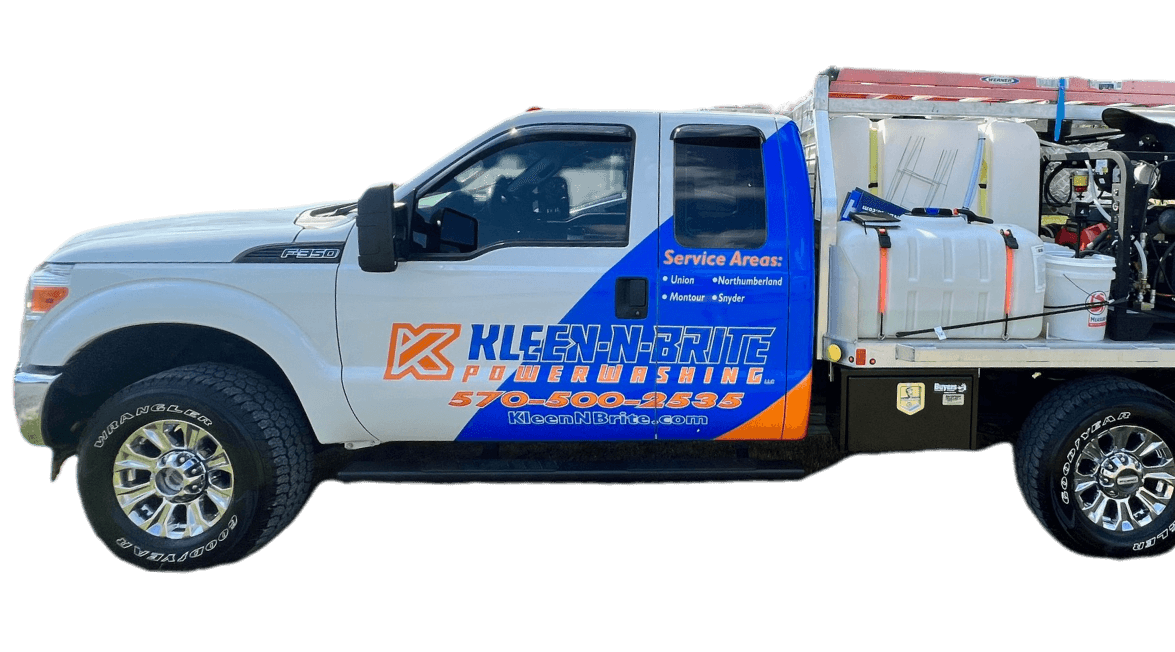Different Methods of Roof Cleaning
Roof Cleaning is the process of removing algae, mold, mildew, lichen, and moss from roofs as well as cleaning oxidation on metal roofs. Proper roof cleaning can extend the duration of a roof’s ability to function.
Regular roof cleaning not only boosts curb appeal but also keeps your home healthy. It helps protect shingles from costly damage and reveals structural problems hidden underwater stains or soot buildup. Learn more by clicking here.
Leaf Blower Cleaning
Leaf blower cleaning is a method of using an air stream to remove leaves and debris from outdoor spaces. It’s a popular tool for homeowners and professional landscapers. However, it’s important to know how to properly use a leaf blower to avoid damaging the machine and causing injuries.
Start by reading your leaf blower’s manual. This will provide valuable information about the operation and maintenance of your machine, including how to clean and lubricate it. Also, make sure to wear a dust mask and protective goggles when operating the blower.
Next, check the air filter to ensure it is free of dirt and debris. Make sure to wash it regularly. It’s also a good idea to clean the exterior air vent of your leaf blower, as it can get clogged with debris.
Chemical Washing
Chemical washing uses specialized chemicals to break down dirt, mildew, and other contaminants that are corroding the surface of roof shingles. This method also helps prevent the growth of moss and algae that damage shingles and can cause stains. It’s recommended that homeowners have their roofs cleaned with chemicals every 2-5 years.
Chlorine bleach is the most commonly used cleaning agent for roofs. It is mixed with a variety of other chemicals, including phosphates, laundry detergents, surfactants, and odor-masking scents. This haphazard mix calls into question the reliability and stability of these ingredients.
This method of roof cleaning is cheaper than other methods, but it’s important to pursue this technique with proper caution. Harsh chemicals and high-pressure washing can erode tile coatings and paint. This can lead to water leaks, mold, and other issues.
High-Pressure Washing
This cleaning technique uses water at high pressures to scour surfaces, such as siding or roofs. It can remove dirt and grime from your home but it also damages shingles, stripping the asphalt granules that protect your roof. It can also damage the underlayment of your roof and cause leaks in the structure of your home.
Sodium hypochlorite, which is often used to wash roofs, can be very toxic in the wrong dilution and destroys shingles. It is not recommended for the cleaning of shingle roofs unless you want to re-slate your entire roof!
A professional should use a low-pressure washing method to clean shingles and other roofing materials. It can be combined with a chemical or moss removal solution to provide a comprehensive and safe cleaning process.
Low-Pressure Washing
Soft washing is an exterior cleaning method that uses a low-pressure nozzle to clean roofs and other hard surfaces. It uses a cleaning solution with a surfactant that makes it easier for water to wash away dirt and other substances from surfaces.
It also helps protect the surface of tile and shingle roofs from damage caused by high-pressure water. It’s a good choice for homes with older, brittle roof tiles that may be damaged by pressure washing.
Soft wash is a safer way to clean your home’s exterior because it doesn’t require ladders or scaffolding. It’s also less expensive than pressure washing, which can cost hundreds of dollars per cleaning session. However, it may take longer to clean a roof than other cleaning techniques.
Soft Wash
This technique uses a mix of chemicals and very low pressure to clean surfaces such as siding, roofs, and driveways. It combines bleach, algaecides, surfactants, and water to remove mildew and organic stains.
It’s an effective way to remove moss and fungi, without damaging the tiles or voiding warranties. It also removes black staining from lichen and moss growth and can keep your roof cleaner for longer.
However, if a contractor tells you that they use bleach (sodium hypochlorite) to clean your roof, it’s best to hire someone else as this is not safe for the environment or your home and can cause damage to shingles and other materials. Bleach has the potential to bypass runoff recovery systems harm landscaping and pollute waterways. Definitely worth checking out!


